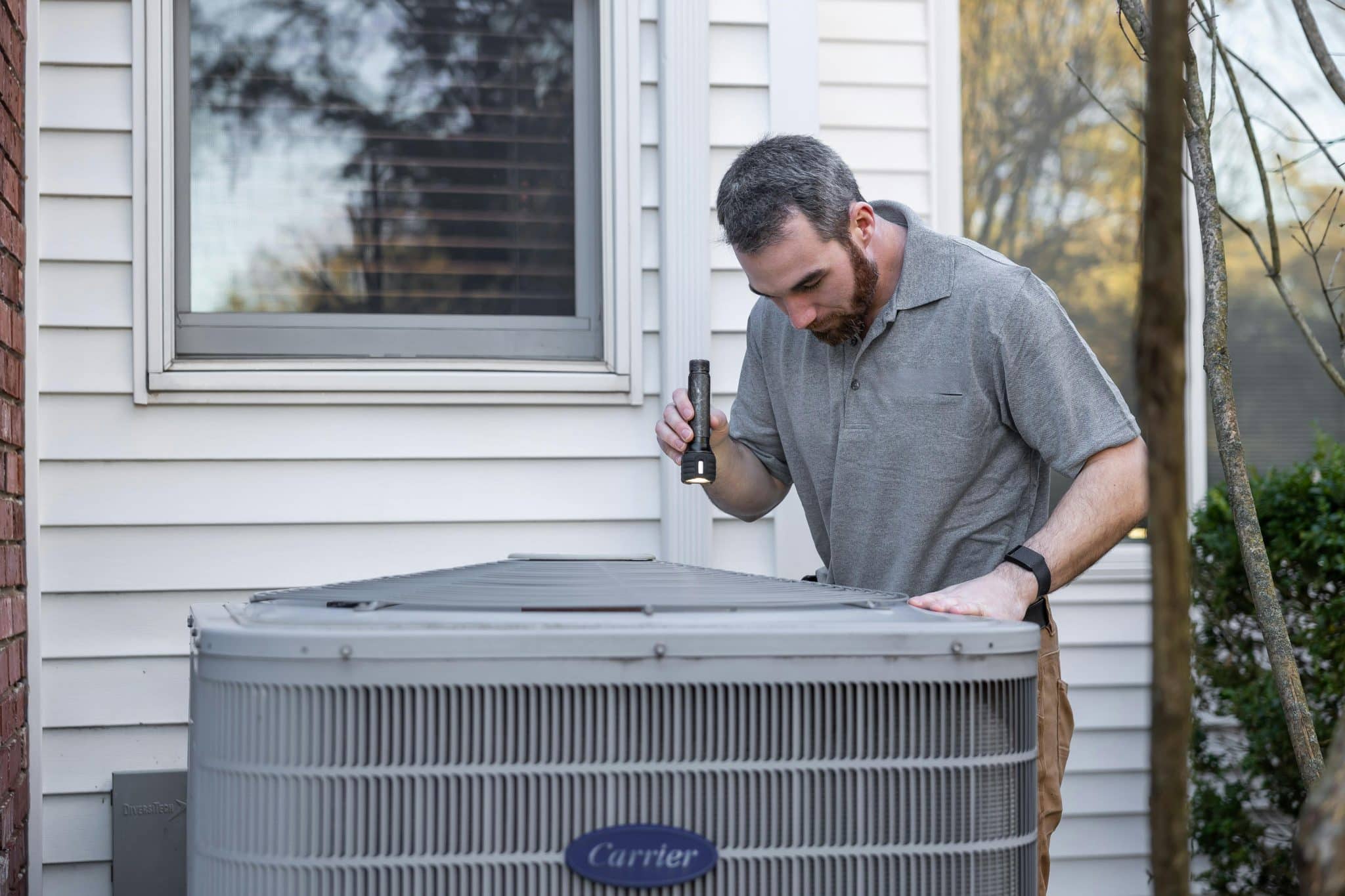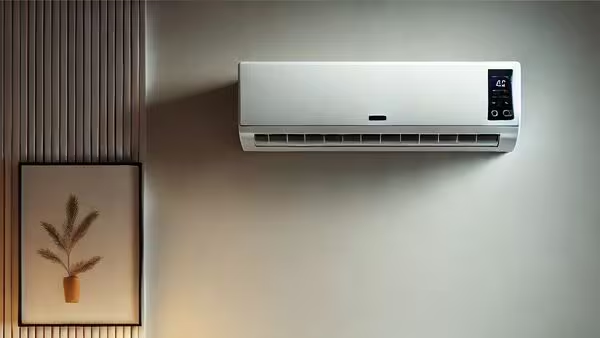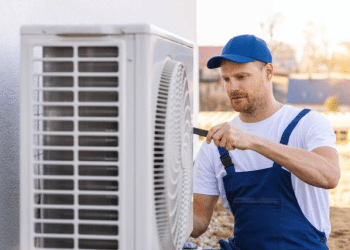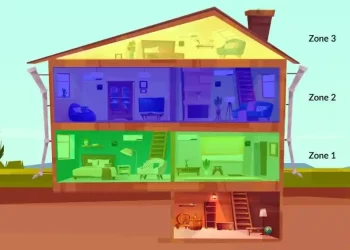Table of Contents
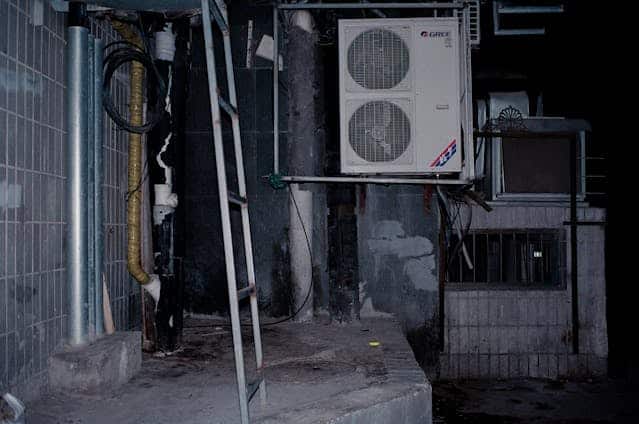
Heating and air conditioning systems are among the most fundamental aspects of contemporary life, providing comfort regardless of the outside temperature. While record-breaking summer heat or subzero winter temperatures often garner the headlines, the spring and autumn transitional seasons frequently play a behind-the-scenes yet vital role in system operation. Fluctuating weather during these transitional periods stresses HVAC systems in ways that can expose or exacerbate underlying issues. Fixing problems at these periods is more than just a matter of convenience—it is a sensible measure towards safeguarding energy efficiency, averting malfunctions, and providing year-round comfort. Transitional months are usually the actual test of how well an HVAC system has been serviced and if it is prepared for the heavy loads that will soon come.
Why transitional seasons demand attention
The weather is unpredictable in the spring and autumn, with cool mornings, hot afternoons, and abrupt temperature changes. Even on the same day, these variances cause the HVAC systems to switch between heating and cooling more frequently. Tiny faults that might have gone unnoticed under regular summer or winter operation are brought to light by this increased load. When the system must constantly adjust, minor annoyances like a worn blower, dirty coil, or broken thermostat can escalate into serious problems. Because they believe their systems are not under as much strain, homeowners often minimise these transitional times. The varying demand is what makes this period so crucial for resolving performance problems because failure to do so will eventually lead to more serious issues when the severe weather returns.
The hidden pressure of fluctuating demand
The transitional periods don’t always have extended periods of operation, such as summer and winter, but bring instead a cycle of frequent turn-on and turn-off that wears parts in unique ways. With every start-up, the system pulls a surge of current, causing added stress on motors, compressors, and electrical contacts. These frequent turn-ons and turn-offs can cause wear to build up much faster than steady usage. For example, a minor refrigerant leak or restricted filter may not provide clear indications in steady operation but can lead to extreme pressure under fluctuating loads. That is why most service providers advise checks in these months because they can detect vulnerabilities before they mature into complete breakdowns. Individuals who book HVAC repair in Phoenix during transitional periods usually find that early action allows them to prevent emergency calls during the hottest or coldest months of the year.
Preventing discomfort before it escalates
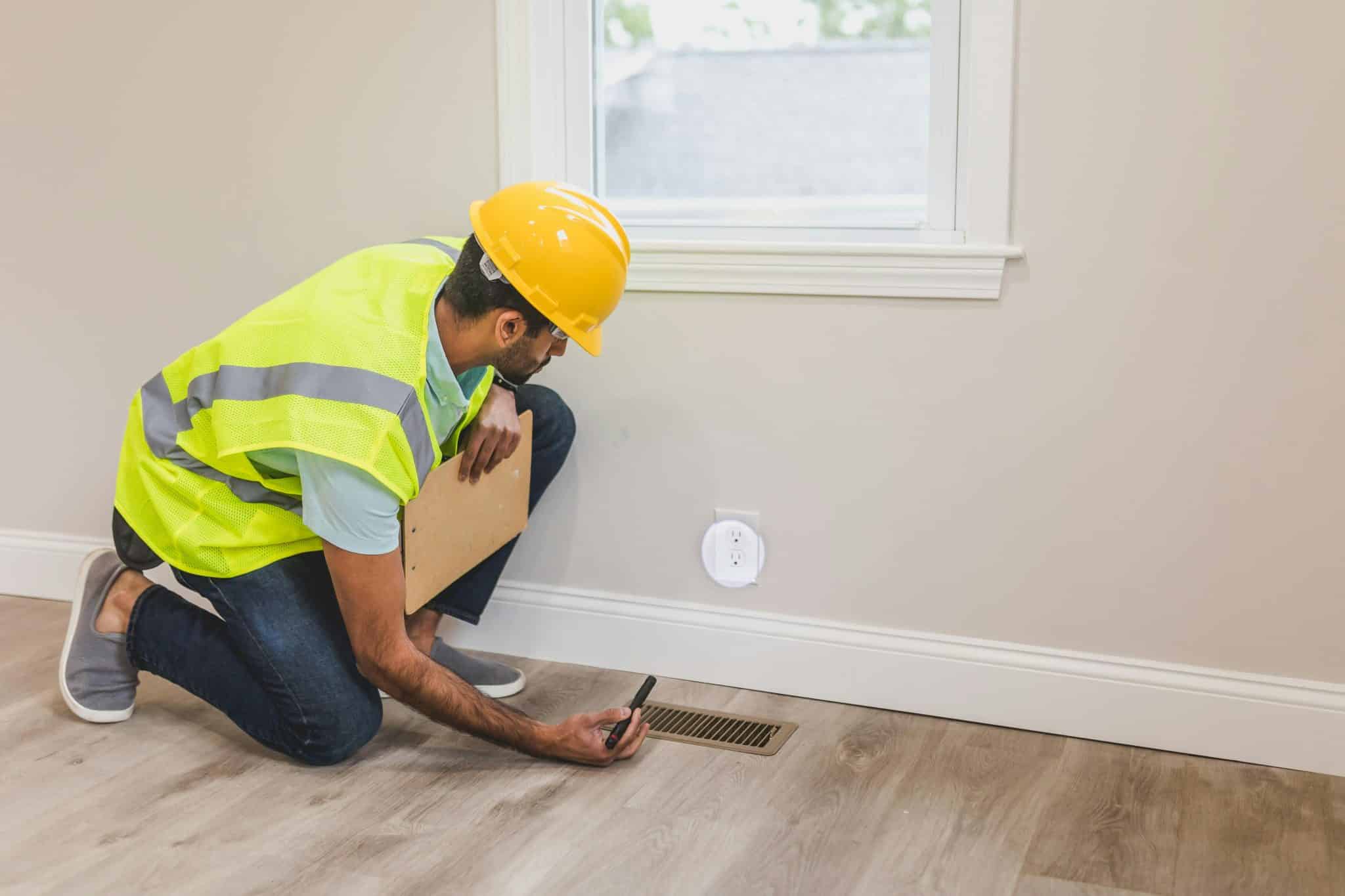
Energy efficiency in transitional months
Since usage appears to be lower in the spring and autumn than in the summer and winter, energy bills are typically overlooked during these seasons. During these two seasons, systemic inefficiencies may covertly result in higher energy bills. To provide comfort preferences, an air conditioner that is struggling with a dirty coil, a broken fan, or a leaky duct must run longer cycles, which uses more electricity. Because people assume their bills will automatically be lower during transitional weather, these inefficiencies are concealed. Undiscovered issues can actually result in higher costs and energy waste, especially as the system cycles more frequently. Making repairs now ensures that energy savings are maximised and avoids utility costs from peaking when the increased demands of severe weather become a problem.
Protecting long-term system health
The best time to safeguard the long-term operation of HVAC equipment is during the transitional phases. When the system is under the most stress in the summer or winter, minor issues that are allowed to continue in the spring or autumn are typically left unfixed. When the load is at its highest, a slight adjustment could turn into a costly repair or even a complete system failure. When weak spots are neglected, compressors short out, motors overheat, and ducts sustain damage. Families protect their investment and extend the system’s lifespan by having repairs completed during these months. This reduces the likelihood of incurring costly replacement costs too soon, in addition to avoiding upfront repair costs.
Indoor air quality considerations
The impact on indoor air quality during transitional seasons is yet another factor that makes HVAC repair essential. Because of the change in the weather, spring tends to bring pollen, dust, and other allergens into the air, while autumn tends to bring in mould spores and more debris. These particles cannot be efficiently filtered by a system with a malfunctioning blower or clogged filter, resulting in poor indoor air quality that jeopardises respiratory health. Inconsistent ventilation during these months can allow pollutants to accumulate in the home, which can aggravate allergy sufferers and reduce the quality of indoor air. Repairs that focus on circulation and filtration are especially worthwhile during these periods, providing homes with cleaner air at a time when outdoor air is more erratic and, thus, more likely to be irritating.
Avoiding peak-season repair delays
In most cases, delaying HVAC repairs until the summer or winter leads to longer wait times and higher costs. It is more difficult for homeowners to schedule appointments on time when service providers are in high demand. The transitional months offer a chance for more convenient and frequent repairs at lower costs. Resolving problems now avoids the stress of fighting alongside dozens of other people who collapse during heat or cold waves. Additionally, it keeps one from becoming irritated when there is no heating or cooling during the hottest seasons. Families can stay ahead of seasonal swings and avoidable discomfort by treating transitional months as the ideal time for repairs.
Due to the unique strain that these months place on heating and cooling systems, HVAC repairs are particularly significant during transition seasons. Vulnerabilities that might otherwise go overlooked are revealed by frequent cycling, switching between heating and cooling, and fluctuating demands. Homeowners can maintain comfort, prevent higher energy usage, and guarantee the long-term health of their systems by having problems fixed in the spring or autumn. Additionally, repairs help keep indoor air quality steady during months when allergens and debris are more common. More significantly, taking action during these off-peak months avoids the financial and scheduling difficulties that come with repairs during peak season. HVAC systems are truly put to the test during transitional months, so prompt repairs are a wise investment for year-round efficiency and comfort.

